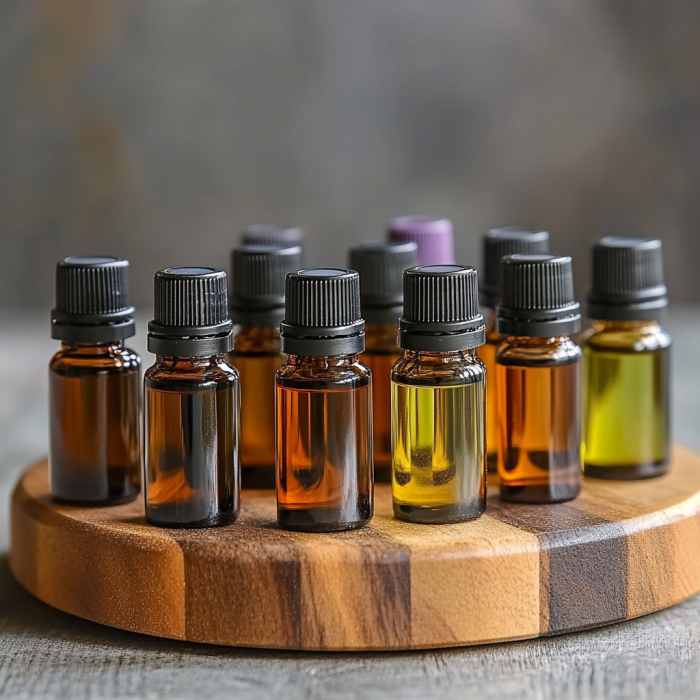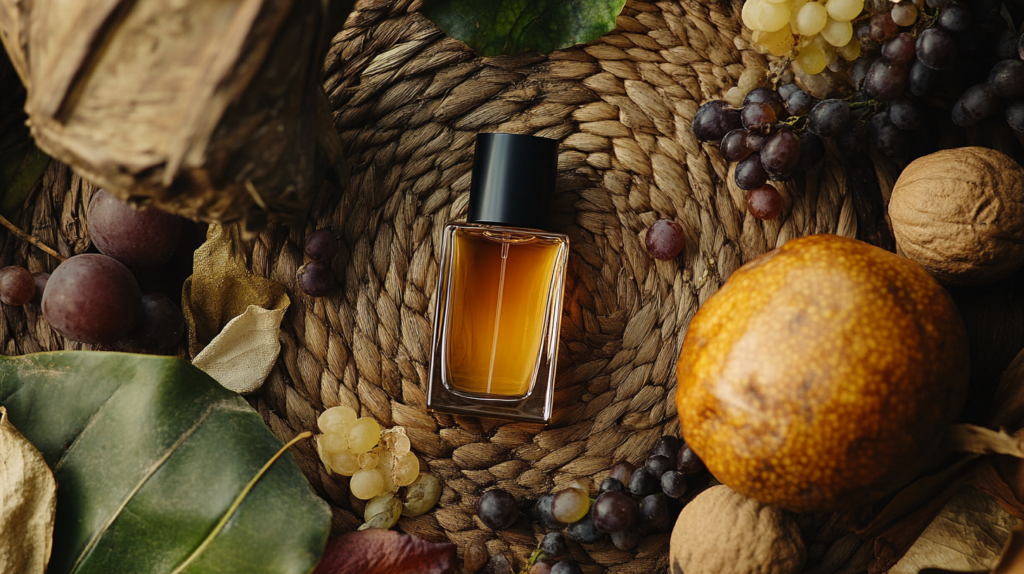In recent years, the beauty and skincare industry has embraced a powerful trend—the integration of traditional African scents into modern fragrance and skincare products. Africa’s diverse aromatic heritage is now captivating global audiences, not only through unique scents but also through sustainable practices and deep cultural storytelling. These African-inspired ingredients are redefining the standards of fragrance and skincare, enriching products with authenticity, complexity, and sensory allure.
Rediscovering Africa’s Aromatic Heritage
African scents are deeply embedded in centuries-old cultural and spiritual traditions. Each region contributes distinct aromatic profiles: Somalia and Ethiopia are renowned for resinous frankincense; North Africa provides woody oud and fragrant cedarwood; West Africa offers shea butter and cocoa with rich, earthy tones; and Southern Africa introduces aromatic botanicals like buchu and marula.
Historically, these natural ingredients were used in ceremonies, wellness rituals, and personal care routines. Modern perfumers and skincare creators are now rediscovering these ingredients, drawing inspiration from their aromatic depth and healing properties to produce products with a strong sense of cultural connection.

African Scents Revolutionizing Modern Fragrance
Today’s fragrance creators explore Africa’s olfactory landscape to craft unique perfumes that tell compelling stories. Luxury brands such as Memo Paris and Maison Francis Kurkdjian have already showcased Moroccan cedar, Egyptian jasmine, and Tunisian orange blossom in their collections. Simultaneously, emerging African-owned brands like Senteurs d’Afrique and 54 Thrones put African scents at the heart of their product lines. These brands often emphasize ethical sourcing and fair trade, partnering with rural cooperatives to deliver authenticity and social impact. Ingredients like Somali frankincense, Madagascan ylang-ylang, Ghanaian cocoa, and South African pelargonium combine seamlessly to offer consumers sophisticated and meaningful fragrance experiences.
African Botanicals in Skincare: Beyond Fragrance
The integration of African essential oils and botanicals into skincare transcends fragrance alone. These ingredients possess remarkable therapeutic benefits, including nourishing, anti-inflammatory, and antioxidant properties.

Essential Oils
Wholesale Distributor of Essential Oils
Essential oils are natural plant extracts with therapeutic properties. They are intended for use in cosmetics, natural medicine, and aromatherapy. They are most commonly produced through steam distillation, expression, or extraction.
Essential oils are pure plant essences that provide concentrated active substances. They can be used in skin and hair care, and as ingredients in natural cosmetics and wellness products.
Marula oil, popular in Southern Africa, features a subtle, nutty fragrance and provides profound skin rejuvenation. Similarly, Kigelia africana, frequently used in skincare formulations, is revered for its herbal fragrance, firming, and soothing effects. Such botanicals allow brands to create multi-dimensional products that nurture and heal skin while delivering sensory pleasure.
Moreover, African-inspired skincare packaging incorporates traditional patterns and storytelling, further enhancing the consumer experience and connecting modern aesthetics with ancestral wisdom.
Ethical Sourcing and Sustainability
One of the strongest appeals of African scents and botanicals is their emphasis on sustainable sourcing. Brands prioritize ethical harvesting methods, biodiversity preservation, and community empowerment. Namibian myrrh, for example, is sustainably harvested by indigenous Himba women, providing local economic support and preserving traditional knowledge.
Consumers increasingly demand transparency and sustainability. African-inspired beauty products meet these demands by adhering to responsible sourcing standards, promoting ecological balance, and supporting ethical practices.
A Growing Global Influence
African scents are no longer simply exotic additions—they represent innovation, sustainability, and cultural heritage. They meet modern consumer preferences for authenticity, natural formulations, and ethical responsibility. This trend signifies a transformative shift within the fragrance and skincare industries, connecting global markets with Africa’s rich heritage. As the appreciation for culturally enriched beauty products grows, African scents continue to inspire modern fragrance and skincare lines, proving that the future of beauty is rooted deeply in the traditions and wisdom of the past.
References
Pearlstine, E. V. (2022). Scent: A natural history of fragrance. Yale University Press.
Mensing, J. (2023). Scent therapy: Scents for more joie de vivre: Working with primal perfumes in scent-assisted therapy—A look into the future at what else might be possible for increasing well-being. In Beautiful SCENT: The Magical Effect of Perfume on Well-Being (pp. 223-253). Berlin, Heidelberg: Springer Berlin Heidelberg.
Sagbo, I., & Mbeng, W. (2018). Plants used for cosmetics in the Eastern Cape Province of South Africa: A case study of skin care. Pharmacognosy Reviews, 12(24), 139-156.


